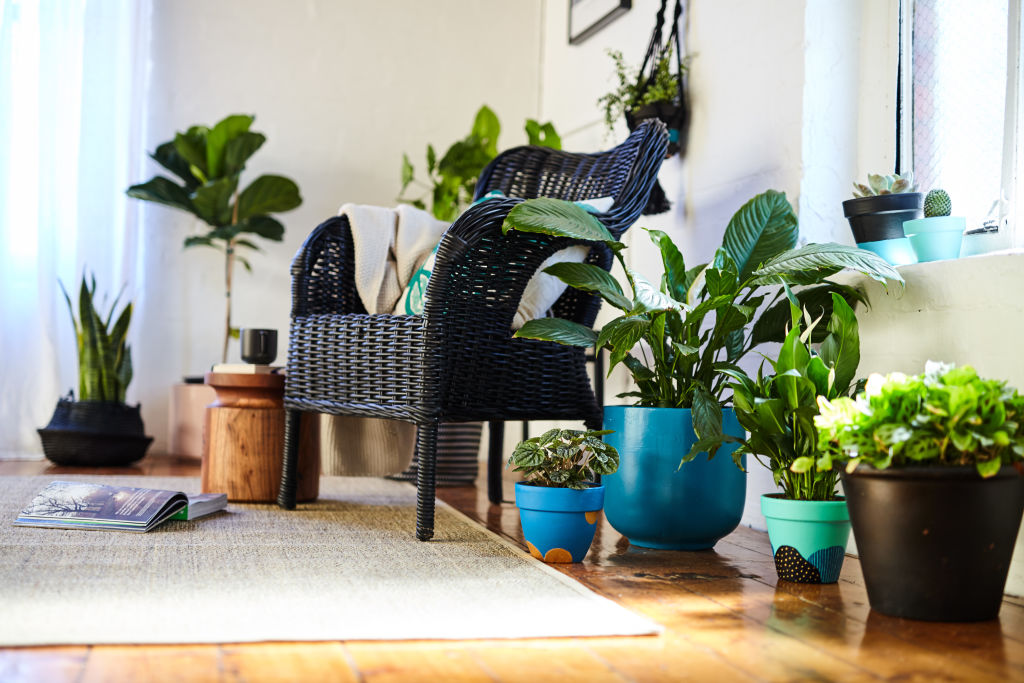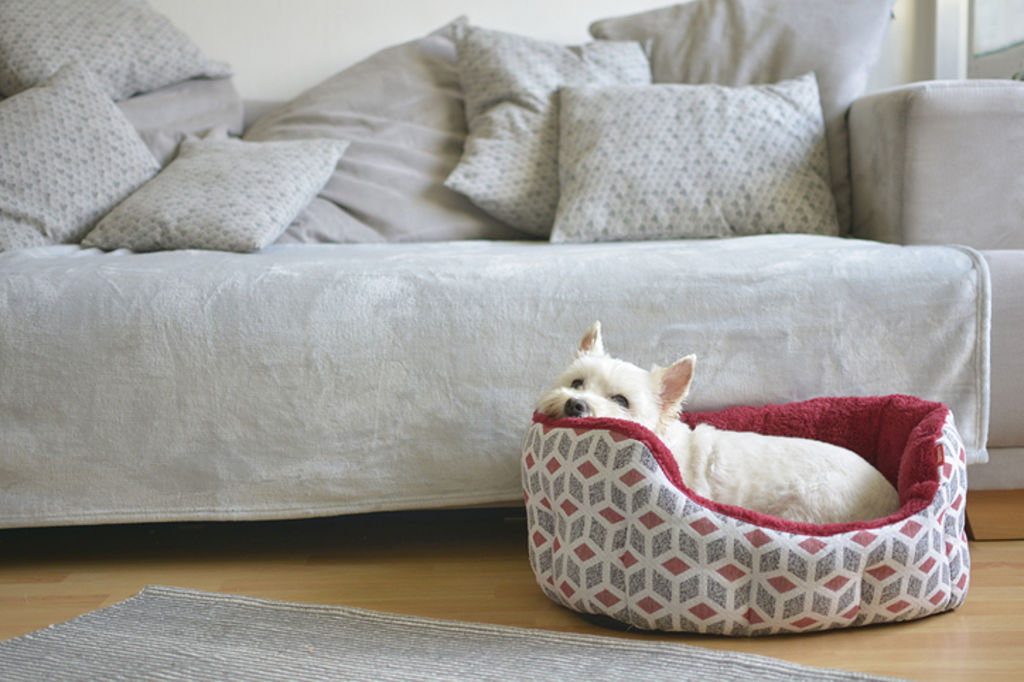How to pack when moving home…
Packing can be one of the most time-consuming aspects of moving home.
But it’s important to take the time and effort to properly pack before moving to make sure all your belongings arrive safely and securely in your new home.
Which room should you pack first?
Start by packing your least-used rooms and storage areas first such as guest rooms, formal dining rooms, attics, basements and garages.
Your last rooms to pack should be the kitchen, everyday wardrobes, and children’s bedrooms.
Remember, the last items you load onto the truck will be the first items off. With that in mind, load your move strategically so beds and other must-have items can be the first to set up.
How to declutter when packing
Declutter before packing where possible so there’s less to physically carry into your new place, saving you time and money.
Decluttering in categories such as clothing, books, paper, miscellaneous, and sentimental, rather than by room, can avoid duplicates. Anything that doesn’t serve you should go in a donation or rubbish pile and moved on from there.
Hiring a professional organiser can initially feel like a waste of money because decluttering is a task that can be done on your own. However, if you’ve lived in your home for a long time and you have a lot to declutter, hiring someone to coach you through the countless decisions you’ll have to make and physically help move items out can make the process faster and less stressful.
Professional organisers charge between $60 to $120 an hour, which usually includes planning for the new home, helping make decisions around items that hold emotional value, and motivating clients when they have decision fatigue.
Seven essential packing and moving tips
Bec Bradshaw from The Everyday Organiser shares her top packing tips for moving house:
1. On moving day, get the furniture and big pieces in and placed in the correct positions first. If you move the boxes in first, you might end up having to move them to position the furniture which is an added hassle.
2. Using a marker, label boxes both top and side with a colourful sticky note stating the new room destination (tape it down with extra tape to ensure it won’t fall off). Make sure the movers know which room is which by putting a sticky note on the doors in the new home, then have them place the boxes in those exact rooms when offloading.
3. For key items such as bed linen and kitchen utensils, put an extra sticky note on the box with dot points of what’s inside. That way, if you have 10 boxes for the kitchen, you can quickly find what you need and prioritise while unpacking.
4. Keep clothes on hangers even if you are layering them into boxes to save time down the track.
5. Put everything in boxes rather than bags. Moving taped boxes is easy, whereas juggling bags that are overflowing and washing baskets piled high can result in items being lost or damaged.
6. Try to pack “like with like”. For example, pack books from the living room together, and toiletries from the bathroom together.
7. Make sure nothing is blocking your storage spaces so it’s easier to place items straight into them.
How to pack and move awkward, heavy and valuable items
Always take care when moving heavy items, as these can cause serious injury if moved incorrectly.
Don’t attempt to move anything heavy yourself – always enlist a helper to carry or manoeuvre heavy or bulky items, especially up or down stairs or onto a ute or truck.
How to pack and move a fridge
It’s a good idea to use up any food in the fridge before moving, and take the opportunity to declutter your fridge by tossing out any food that is out of date.
For any food that you aren’t throwing away, put it in an ice chest with ice bricks to keep cool during transit.
Unplug your refrigerator the night before moving, then thoroughly clean it by removing all items and disinfecting the surfaces.
When clean and dry, remove the interior glass shelves and wrap these separately with bubble wrap.
Carefully manoeuvre the fridge out of its position, using sturdy cardboard or carpet squares to protect the floor. Use packing tape to keep the doors closed and secure the cord so it doesn’t get in the way.
It’s best to move a fridge with at least two and preferably three people. Always use a trolley when moving a fridge to avoid scratching floors and too much heavy lifting. Slide the trolley under the base of the fridge at the rear, then have a helper carefully tip it back while supporting the trolley.
If taking a fridge down steps, proceed very slowly, one step at a time, and keep hands clear from walls or doorways to avoid getting caught.
Before attempting to move the fridge into the new home, double check it will fit through all doorways, and that there is enough clearance to open and close the doors in the kitchen.
How to pack and move glassware and wine glasses
Choose a suitable box with dividers to avoid glasses banging together and breaking.
Cardboard wine boxes are available from liquor shops and often include dividers.
You can protect the wine glasses further by wrapping each individual glass with newspaper or bubble wrap.
Label the box “fragile” so removalists know to be especially careful when handling.
How to pack and move valuables and important documents
Try and keep valuable items such as jewellery and filing boxes on you or with a trusted friend to avoid these being misplaced while moving.
Keep in mind some removalists will actually refuse to transport items too risky to
be carried safely into their truck or too valuable to be covered under the insurance.
Alert your removalist to any unusual or specialist items before moving day to see if this will be an issue. Some removalists have special training in preparing and moving complex items.
Be sure to back up all computer files and phone data before moving in case of damage during transit.
How to pack and move electronics and hi-fi equipment
Take photos of any cables plugged into the electronics so you won’t have to try remember where they go when setting them back up, then label all the cables and pack them away together.
Clean your TV and other screens with a dry cloth to remove any dust.
Pack your TV snugly into a suitable box or cover it with bubble wrap and wrap other screens with a dust protector or blanket.
If your TV is left unboxed, move this yourself where possible to avoid damage.

How to pack and move antiques and artwork
Make sure your home and contents insurance covers your specific pieces of fine art or antiques.
Cushion fragile items with bubble wrap or soft blankets when packing.
Paintings can be covered on the front side with cardboard then wrapped in in bubble wrap. Avoid stacking or leaning anything on paintings.
Transport anything especially valuable or sentimental with you.
How to pack and move pot plants
Pot plants are another item that should be moved with you in a car where possible, because you can regulate the temperature better than in a truck.
Even a short trip can cause some plants to suffer, so be sure to water plants well and allow to drain before moving, and water again when you arrive.

Carefully choose the best position for your plants on arrival, and avoid leaving plants in a very sunny position for a long time, as this can cause shock or burn delicate leaves.
Carry small pot plants individually by hand when moving them out of your old home and into your new one.
It’s best to use a sturdy timber or plastic crate or box when moving small plants, rather than a cardboard box. If transporting multiple plants in one box, ensure the edges of the pots are padded so they don’t chip, and ideally position plants on the floor rather than on a seat.
For large, heavy pot plants, it’s best to use a flat bed trolley or dolly to avoid tipping soil out of the pot. If large plants won’t fit in your car, ensure they are the last item packed into the truck and the first item unloaded to avoid prolonged heat exposure.
If you’re moving interstate, remember some plants cannot be taken over state borders. Check the specific guidelines for the state you are moving to for more information.
How to pack and move gardening equipment
Bundle any small tools you have together and place them in a toolbox. Larger tools should be separated and packed securely into a strong box or packing carton.
Remove any attachments on any equipment and empty the fuel tank in machinery such as lawn mowers or edgers prior to transportation.
There are some common garden shed items that most removalists won’t move. These include paint tins, pool chemicals and gas bottles.
How to pack and move pets and pet-related items
If removalists will be coming through the house, restrict pets to a closed room. To transport them, use a crate to keep them safe and feeling secure.
Some pet owners may choose to place their pets in a boarding kennel or cattery on moving day. While this may save some hassle, it’s not always recommended by pet professionals.
If you need to have your pet out of the house on moving day, consider having a trusted friend or family member look after them for the day. Arrange for your pet to visit the friend’s home before the move so it’s not too unfamiliar.

Allow your pet to slowly explore the new home before moving in, as it will be full of new sights, smells and sounds they aren’t familiar with.
Continue to feed and walk them at the usual times, and make sure they have some of their favourite toys, treats and their bed around.
Pets can find the moving process as stressful as humans, so try and keep their routines as normal as possible to reassure them.

